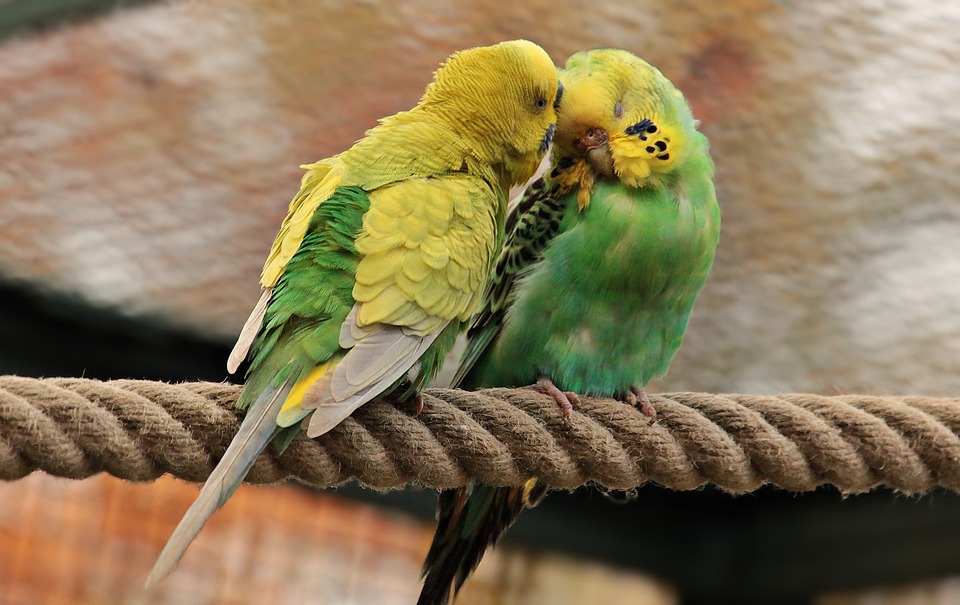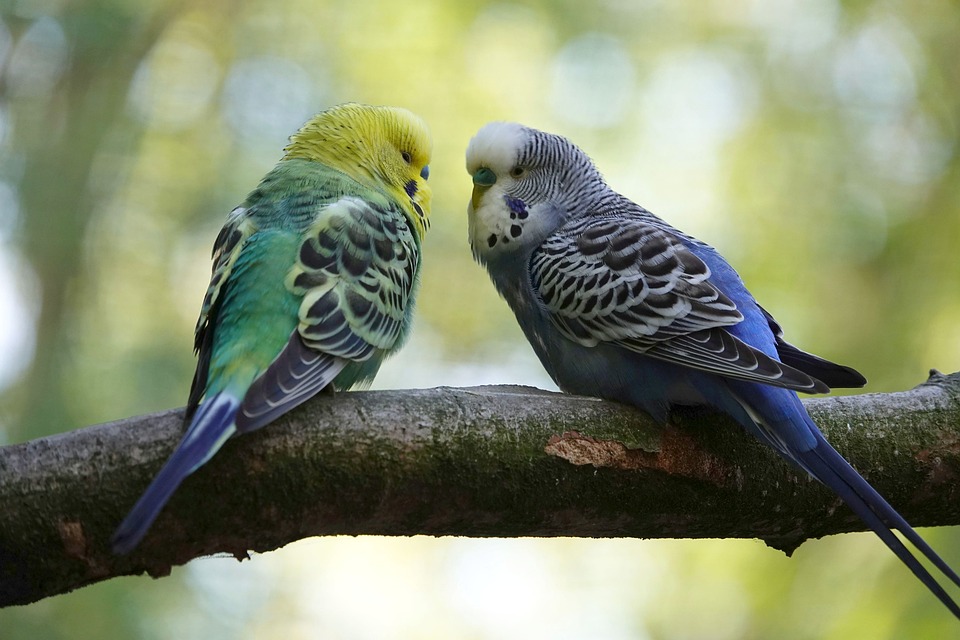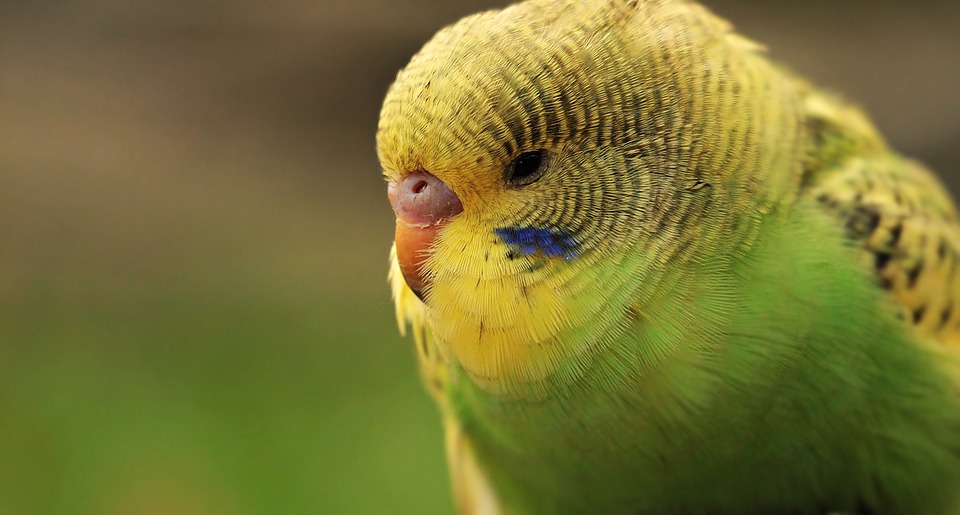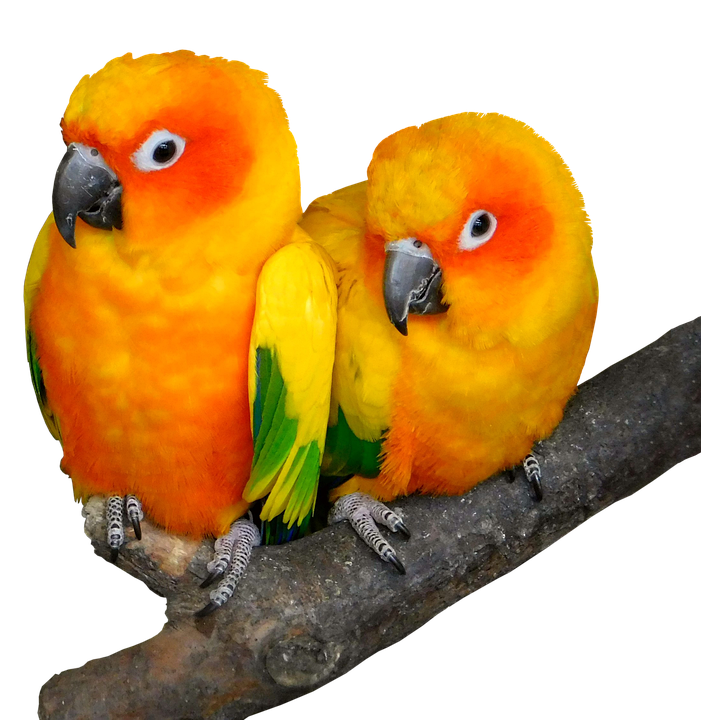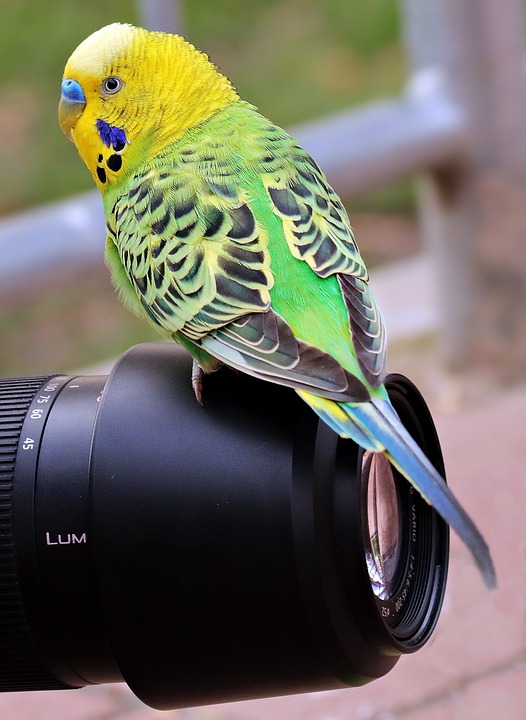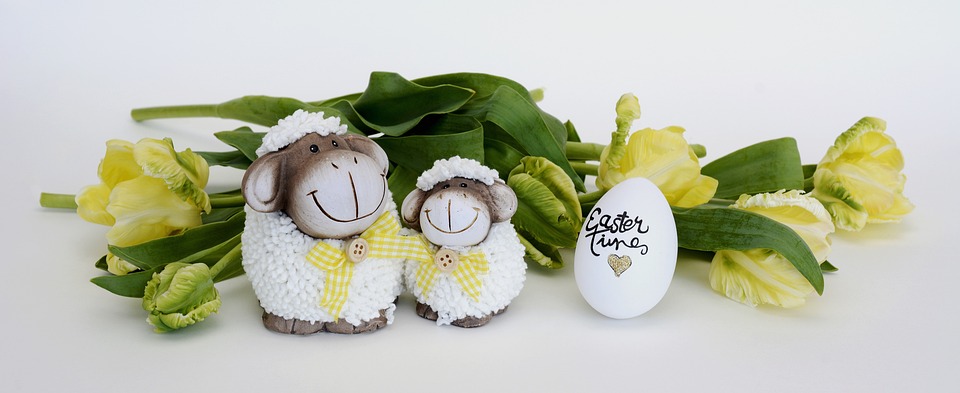Parrots are incredibly intelligent and social creatures, but just like humans, they can experience stress. It is crucial for parrot owners to understand the signs of stress in their feathered companions and learn effective calming techniques to ensure their well-being. In this article, we will explore various indicators of parrot stress, provide practical tips to alleviate it, and address frequently asked questions to help you better understand your parrot’s behavior.
Recognizing Signs of Stress:
1. Physical Indicators:
– Pacing or excessive movement: If your parrot is constantly moving around their cage or pacing back and forth, it may be a sign of stress.
– Feather plucking or excessive preening: Parrots may pluck their feathers or excessively preen themselves when they are feeling stressed.
– Loss of appetite or weight loss: A sudden loss of appetite or weight loss can indicate stress in parrots.
– Frequent yawning or beak grinding: Yawning or grinding their beak excessively can be a sign of stress in parrots.
– Changes in droppings: Stress can cause changes in a parrot’s droppings, such as excessive urates or watery stool.
2. Behavioral Changes:
– Aggression or increased biting: If your parrot becomes aggressive or starts biting more frequently, it may be a sign of stress.
– Excessive vocalization or sudden silence: Parrots may become excessively vocal or suddenly stop vocalizing when they are stressed.
– Withdrawal or fearfulness: A stressed parrot may withdraw from social interactions or become fearful of certain stimuli.
– Repetitive or obsessive behaviors: Parrots may display repetitive or obsessive behaviors, such as head bobbing or wing flipping, when they are stressed.
– Decreased interest in toys or environment: If your parrot shows a lack of interest in their toys or environment, it may be a sign of stress.
3. Environmental Responses:
– Startling easily or being excessively jumpy: A stressed parrot may startle easily or become excessively jumpy.
– Seeking seclusion or hiding: Parrots may seek seclusion or hide when they are feeling stressed.
– Attempts to escape or fly away: If your parrot tries to escape or fly away from their environment, it may be a sign of stress.
– Increased sensitivity to noise or sudden movements: Parrots experiencing stress may become more sensitive to noise or sudden movements.
– Reluctance to interact with humans or other pets: A stressed parrot may show reluctance to interact with humans or other pets.
Calming Techniques for Stressed Parrots:
1. Establish a Routine: Providing consistent daily schedules for feeding, playtime, and sleep can help create a calming environment with predictable patterns and minimal disruptions.
2. Enrichment and Stimulation: Offering a variety of toys, puzzles, and foraging activities can keep your parrot mentally engaged. Rotate toys regularly to prevent boredom.
3. Positive Reinforcement: Using reward-based training techniques can encourage desired behaviors. Reward your parrot with treats, praise, or playtime for good behavior.
4. Physical and Mental Stimulation: Ensure your parrot receives ample exercise and social interaction. Engage in interactive play sessions or provide opportunities for flight.
5. Provide a Safe Haven: Creating a designated quiet and secure space where your parrot can retreat when feeling stressed can help alleviate their anxiety. Offer cozy hiding spots or a covered cage area for comfort.
6. Healthy Diet: Offering a balanced and nutritious diet is essential for your parrot’s overall well-being. Consult an avian veterinarian for guidance on appropriate food choices.
FAQs (Frequently Asked Questions):
Q1: Can changes in my parrot’s surroundings cause stress?
A: Yes, parrots are sensitive to changes in their environment, such as moving to a new home, rearranging furniture, or introducing new pets. These changes can induce stress in your parrot, so it’s important to provide a stable and familiar environment during transitions.
Q2: Are there specific breeds or species of parrots more prone to stress?
A: While individual parrots may have varying stress thresholds, certain species, such as African Greys and Conures, are known to be more sensitive. However, any parrot can experience stress if their needs are not met or if they are exposed to unfavorable conditions.
Q3: Can I use music or calming sounds to relax my parrot?
A: Yes, soothing music or natural sounds like rainforest ambience can help create a calming atmosphere for your parrot. Experiment with different sounds to see what your parrot responds positively to.
Q4: Should I cover my parrot’s cage at night?
A: Covering the cage can provide a sense of security and help your parrot sleep better. However, it is essential to ensure proper ventilation and consider your parrot’s preferences. Some parrots may prefer a partially covered cage or a night light.
Q5: When should I seek professional help for my stressed parrot?
A: If your parrot’s stress signs persist or worsen despite your efforts, it is advisable to consult with an avian veterinarian or an experienced avian behaviorist. They can provide tailored guidance and interventions to address your parrot’s specific needs.
Conclusion:
Recognizing signs of stress in parrots is vital for their well-being. By understanding these signs and implementing appropriate calming techniques, you can help create a nurturing environment for your avian companion. Remember, each parrot is unique, so it may take time and patience to find the right techniques that work best for your feathered friend. With proper care and attention, you can help your parrot lead a happy, stress-free life.


